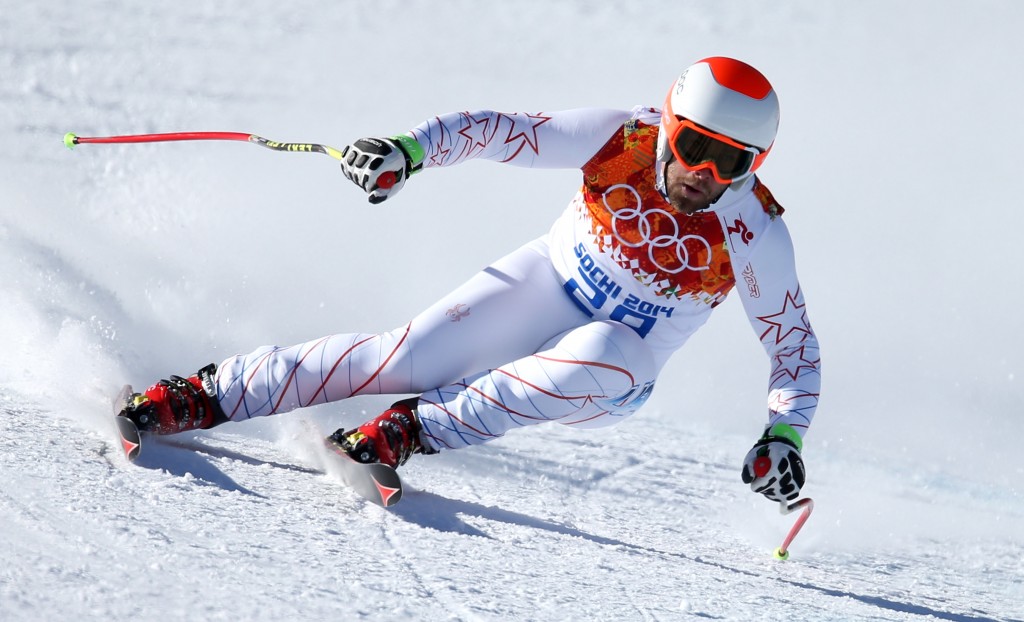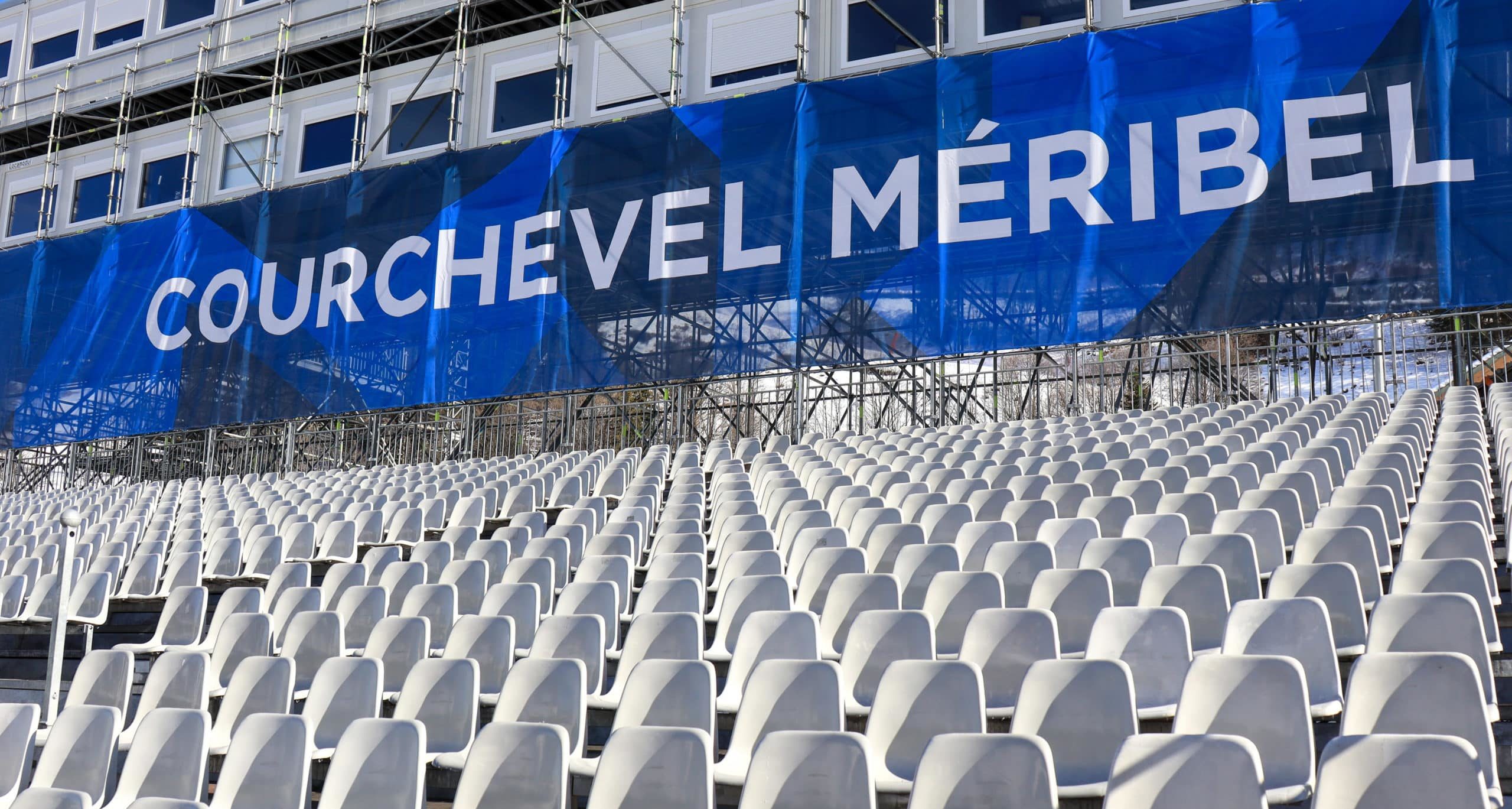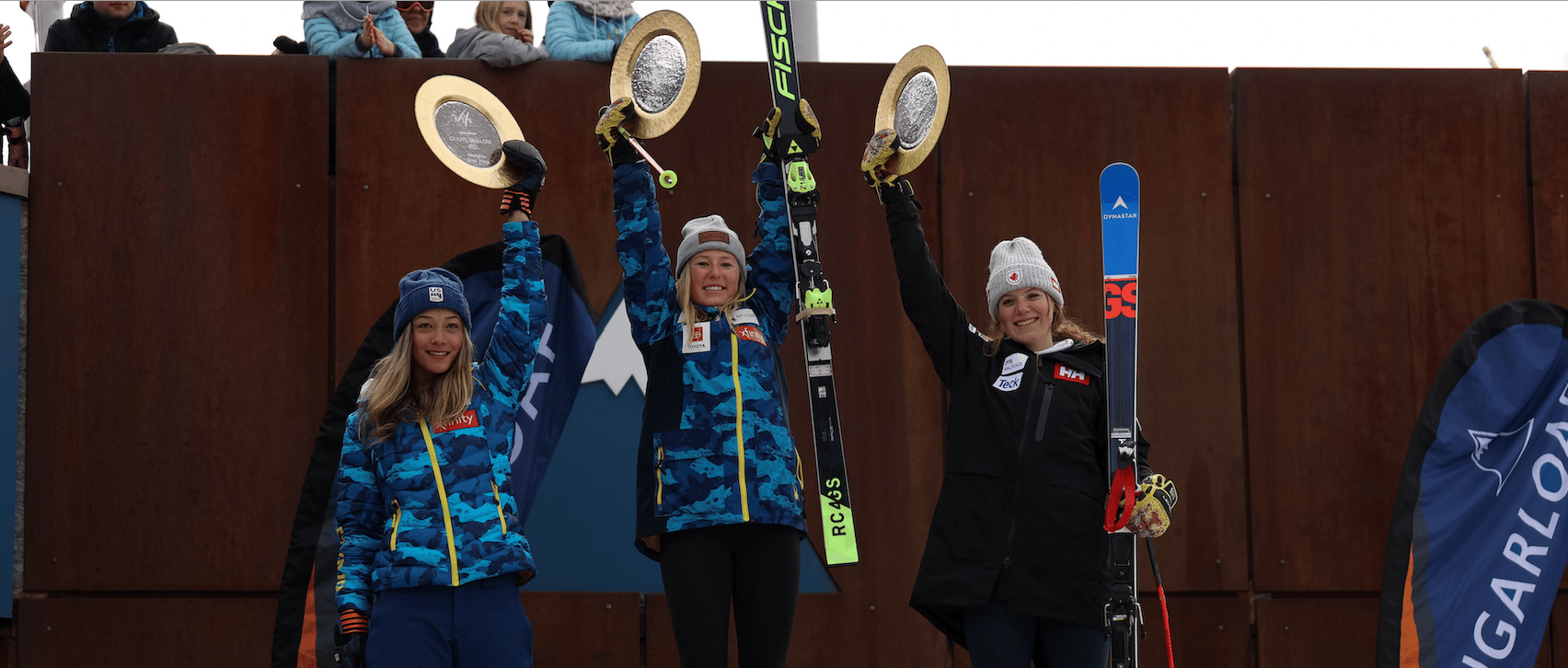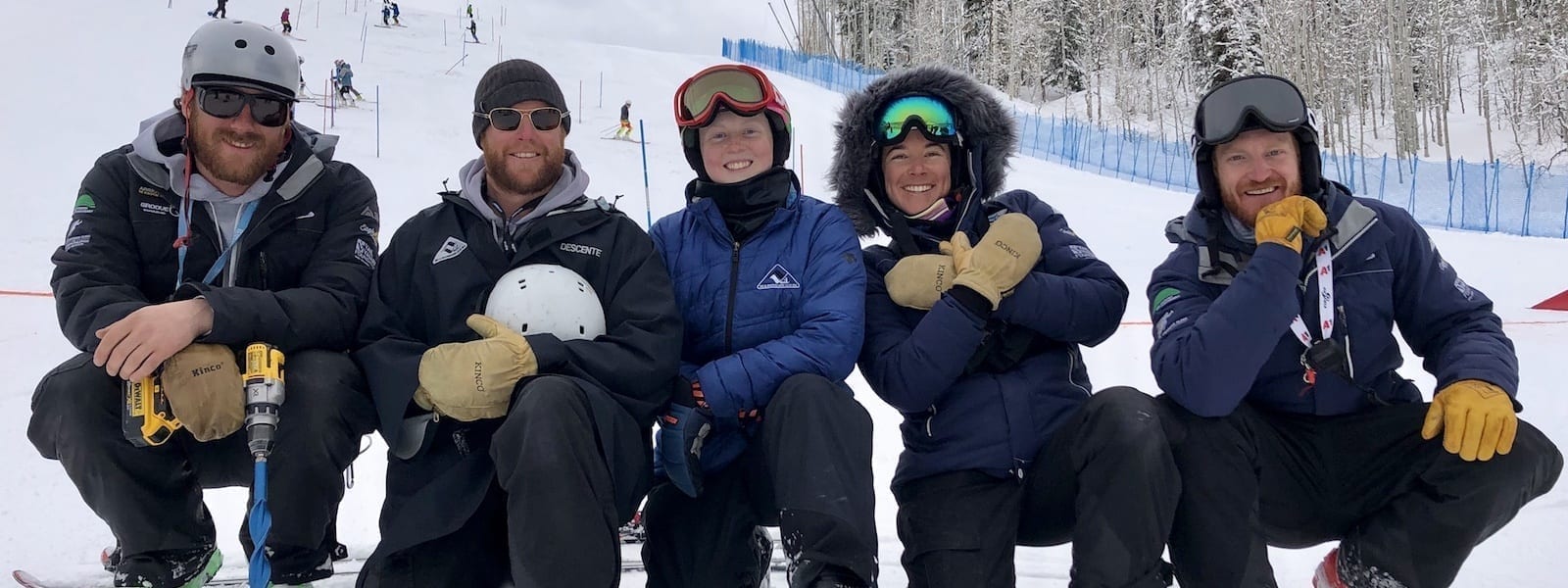The Armstrong anomaly: Anything can happen at the Olympics
There has been a lot of recent Olympic coverage dedicated to politics and security and travel conditions. But let’s get this Sochi focus back on the athletics and talk about The Amstrong Anomaly.
We all remember Debbie Armstrong who won the 1984 Olympic giant slalom in Sarajevo, our country’s first female gold medalist in alpine skiing in 12 years at the time. Any idea what her career-best result had been prior to that gold medal, or the situation leading into it? Few saw it coming.
Armstrong’s top two World Cup results which hold to this day came immediately prior to those Games held in a country on the brink of war: A third in super G at Puy St. Vincent Jan. 8 and a fourth in GS at Santa Caterina Dec. 18. While she was no more than the third best U.S. skier entered in the Olympic race—behind Christin Cooper and Tamara McKinney—it was Armstrong who won the gold medal. We all should have seen it coming, or at least seen the possibility.
Well friends, there are possibilities looming for these Games, some true gems hidden among the roster of the U.S. alpine squad as practice for the Opening Ceremony takes place.
There are also mighty positive statistical signs surrounding some of our top athletes, always a reason for optimism.
A few U.S. athletes recorded career-best results in the last two weeks. Jared Goldberg and Jackie Wiles aren’t likely to collect medals, but those results sure got them to the Games, so anything is possible.
Take a close look at Lake Tahoe’s Travis Ganong: A career-best sixth at Kitzbuehel in super G and career-best sevenths in downhills at Kitzbuehel and Bormio. That looks pretty encouraging.
As does Stacey Cook’s two fifth-place finishes at Cortina. They aren’t quite the best of her career, but they are her best ever scored in Europe. That is big time significant, and they came within two days of each other.
Tim Jitloff tied his career-best back in December but, considering the overpowering attributes of the current leaders in GS, his two recent finishes in the teens are nothing to sneeze at. He’s fast enough. It could happen.
Now, onto our stars.
Julia Mancuso recorded four of her top six results of the season at Cortina last week. Bode Miller collected two podiums (of three this season) at Kitzbuehel last week, plus he registered his first slalom points in three seasons at the race in Wengen. Ted Ligety scored his second best slalom result at Kitzbuehel and then won the final GS by 1.51, his second biggest margin this year. These guys are peaking. Although Mikaela Shiffrin just had her worst slalom finish of the winter, there’s no reason to be too concerned. The bad break is out of the way, the rest is cake and ice cream.
Come on athletes, it’s time to make some non-political headlines.






















